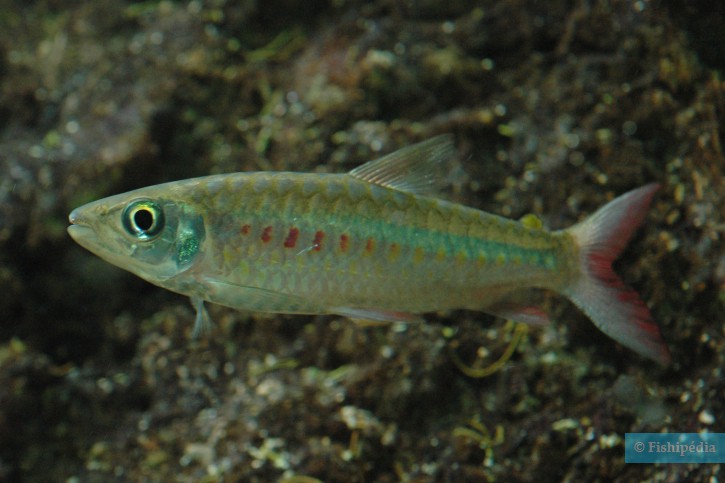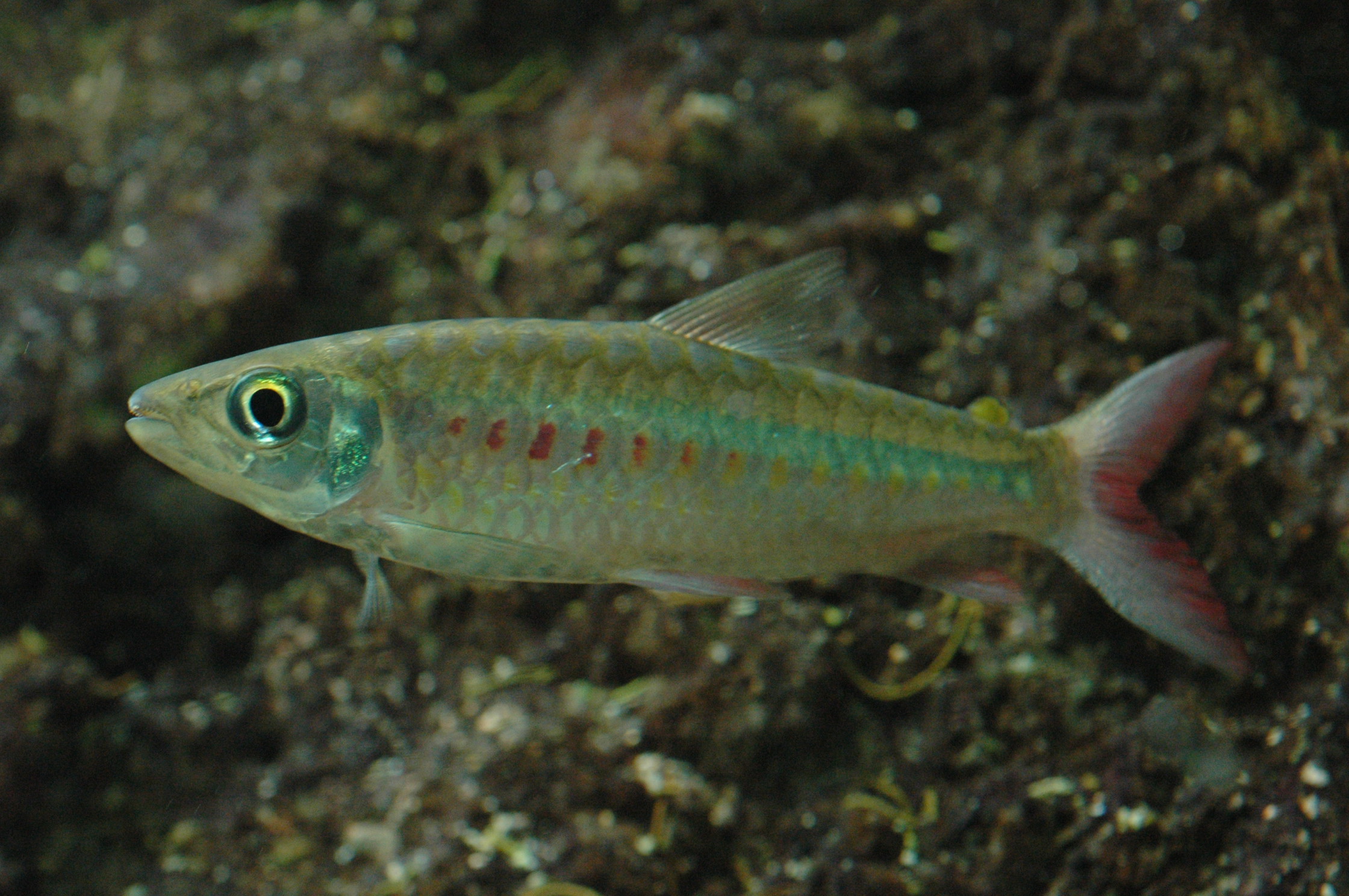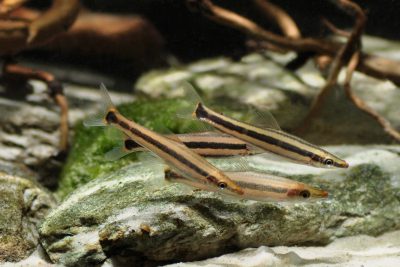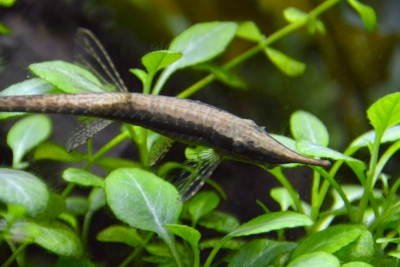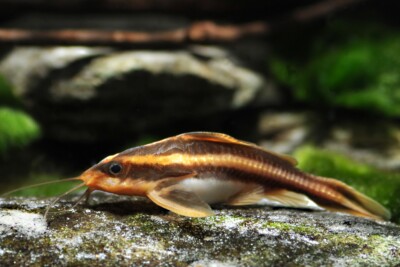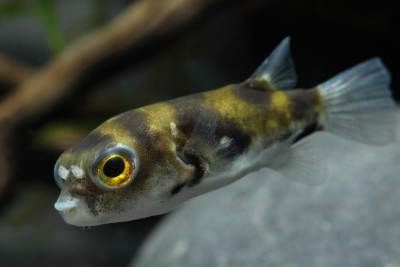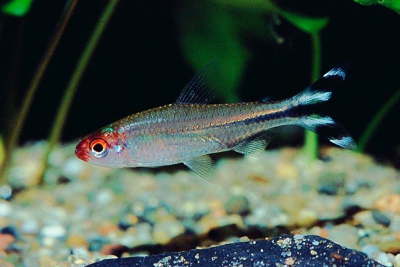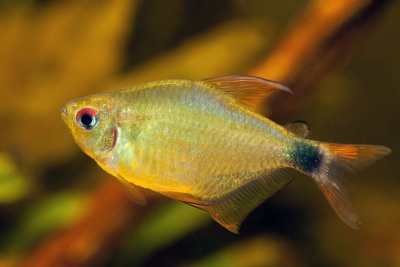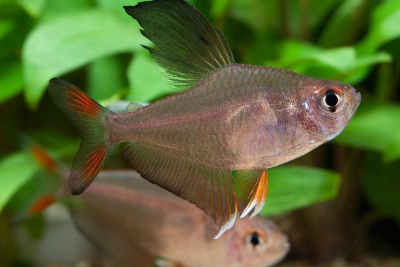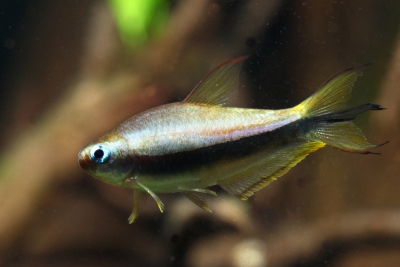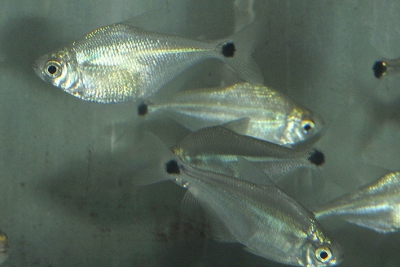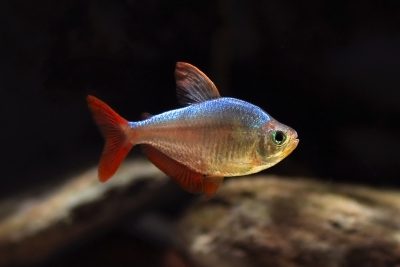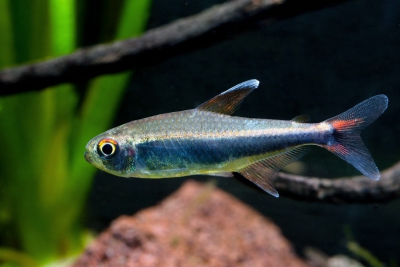Introduction
Chalceus macrolepidotus is a fresh water fish from the Amérique du Sud.
This sheet is currently being prepared. The texts currently proposed come from our data model or are being drafted. To request priority for this content, you can write to us HERE.
Who is it?
Morphology
-
Average size20 cm
-
Maximum size25 cm
-
Longevity8 year
-
ShapeRectangular
-
Average size20 cm
-
Maximum size25 cm
-
Longevity8 year
-
ShapeRectangular
How to recognize This fish ?
Chalceus macrolepidotus measures between 20 and 25 cm. This fish is bicolore with a predominantly orange and argent body.
Behaviour & Life cycle
-
dietcarnivorous
-
Sociabilityliving in a group or alone
-
territorialNo
-
Way of livingdiurnal
Chalceus macrolepidotus is a fish living in a group or alone naturally found near to the surface. This species is carnivorous .
n general, this species does not care much about other animals crossing its path.
Reproduction
-
Reproductionovipare qui pond en eau libre
Chalceus macrolepidotus is a fish ovipare qui pond en eau libre.
Harmless species
This species does not represent any particular threats to humans when encountered in its natural environment.
Origin and distribution
What is its habitat?
Natural environment characteristics
-
Temperature23 - 28 °C
-
pH (acidity)6.8 - 7.5
-
gh (hardness)6 - 10
-
FlowStrong
Biotope presentation
Chalceus macrolepidotus prefers well oxygenated waters in current areas and rapids. It frequents fast flowing waters where the bottom is strewn with pebbles, wood or leaves carried by the current. It can be found not far from waterfalls .
Species of the same biotope
Fishkeeping
Not recommended
We do not recommend keeping this species in an aquarium. It has unpredictable needs which, if not met, generate significant stress, potentially leading to a shorter life expectancy, an interruption of its growth or the development of pathogens.
To go further
Sources & Contributions
Participation & Validation
The Fishipedia team and specialist contributors are committed to providing high-quality content. However, although the information comes from scientific sources or testimonials from specialists, the cards may contain inaccuracies.
Translation
Translation done with the valuable contribution of our translators, who make this information available to a wider audience. We sincerely thank them for their commitment.
Scientific partners
Species of the same family
Species of the same biotope
